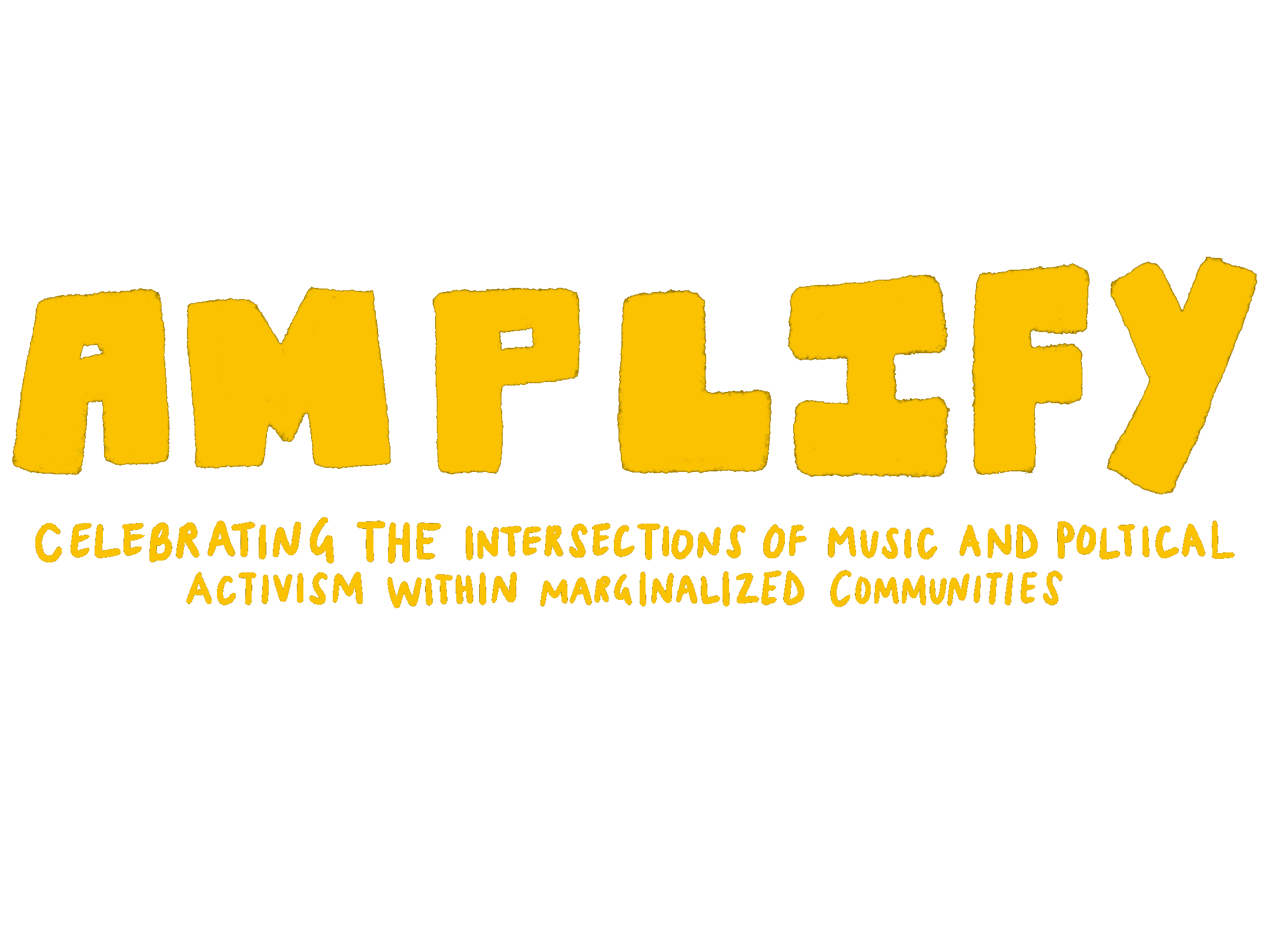“The performer’s body is molded by the practice of music and/or dance, transforming it into a body with specific structure, competencies, and consciousness,” (The Corporeality of Sound and Movement in Performance by Machino and Seye).
My first recollection of moving to music was in a small studio in the middle of White Bear Lake, Minnesota, where I began dance classes at the age of 4. At that time, it felt so natural to let the music inform me and get a reaction from my body; then there were times when it didn’t feel so natural. For much of those early years, I felt that something central was missing.
One of the dance forms really influenced my dance education was tap. Every year, my dance teacher, female and white, would throw on the latest pop tunes and have us stomp our feet away on the Marley-covered floor. I was taught “Buffalo” steps, “Shuffle” steps, and “Maxie Fords”, but I was never taught why we were doing them or why they were named that way. In the context of social justice, percussive dancing has always been a powerful means of expression. Tap dance exists because slaves turned to self-percussive dancing when their instruments were taken away by slave owners. It was a way for them to reclaim and retain their cultural identities.
Many predominately white competitive dance studios have been criticized for neglecting to teach cultural history and bring diversity to dance. In my case, it’s true. Learning such a historically and diasporic art form through a predominately white institution, omitted a lot of culturally significant knowledge from my early dance training. The gaps affected tap and other forms of music, including urban and street-style dance training. I was taught a westernized and commercialized version of hip-hop that neglected the historical and social contexts of its origin.
Music that accompanied my urban and street-style dance classes was often selected based on what was popular, marketable, or profitable.
A common music genre we danced to was rap and hip-hop music. A lot of the rap and hip-hop music for our dance was from Black music artists speaking about experiences and topics virtually none of us could even begin to relate to. It wasn’t until college that I met dancers who talked about and continually discussed the rich culture and history behind hip-hop dance and the significant role hip-hop music played in its conception. Social street dance was a way for people to self-express, connect and build closer communities. Created from the experiences of black and brown communities in the South Bronx 1970s, hip-hop dance, and music served as a way to voice the oppression faced by these communities. Hip-hop dance movement was derived from the emotions and experiences of these communities accompanied by music with lyrics that address systemic racism, poverty, and oppression. Hip-hop and Street style dances created communities for people who could only dance on the street because they did not have access to studios.
More than just a beat to move to, the music that accompanies dance can be just as powerful as the dance’s physical expression. I realized this only when I extended my dance training into my college years at the University of Minnesota’s dance program and was exposed to a myriad of diverse dance styles and sounds. From classical ballet to African dance techniques, I was encouraged to explore and experiment with different types of movements and narratives. I was immersed in a rich and dynamic learning environment that also exposed me to different perspectives and the knowledge behind them.
What was different about my exposure to various styles and genres in my older years than in my younger years was the knowledge that I was given with it. Music has been a long vital component of dance. In the relation to social justice, music had played an important role in modern dance as a tool for raising awareness, promoting empathy, and inspiring action. Early 20th-century, modern dance pioneers like Martha Graham blended dance and music to challenge social constructs surrounding gender roles and women’s rights.
Recently, contemporary modern dance has used music to explore issues such as racism, discrimination, and inequalities. This blending of dance and music in modern dance can create a space for dialogue that is reflective of the issues of social justice. More importantly, the concert dance training I have immersed in offers a platform for voices, including mine, that have been historically marginalized or silenced, whether in the dance world or beyond.
There were a lot of positive impacts on me as an artist when there was acknowledgment and discussion around dance history. I was able to understand my own body and learn how to use dance forms I learned like hip-hop or tap to connect with others the way dance was meant to.



